
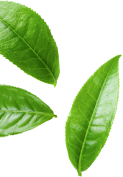

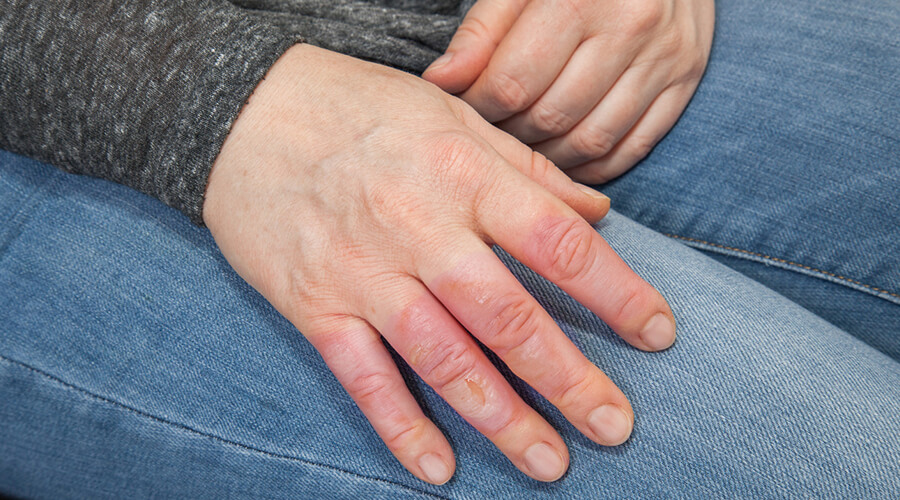
A skin allergy occurs when the skin comes into direct contact with the allergen.
This allergy occurs after ingesting a certain food or medicine.
The most common foods that cause allergies are seafood, milk, eggs and soya.
The rash itches, burns and hurts. However, it can also be without any discomfort. There are some allergic rashes that go away immediately when the allergen is removed and others that need treatment. Avoiding excessive alcohol consumption and smoking, and avoiding cosmetics can eliminate many allergies.
The symptoms of allergies on the skin can vary from itching, redness, rashes, swelling and burning sensations.
Treating an allergic rash can be done at home, in this article we will show you what methods are available to you.
Besides, natural remedies are much safer than ointments and steroids available in pharmacies and are often much more effective.
Allergy rashes with pictures: they show you how much different an allergic rash is from a mosquito bite.
There are also allergy rash pictures we can show you. In many cases you can’t tell if you have an allergic rash or just an insect bite. These 2 pictures might be able to help you.
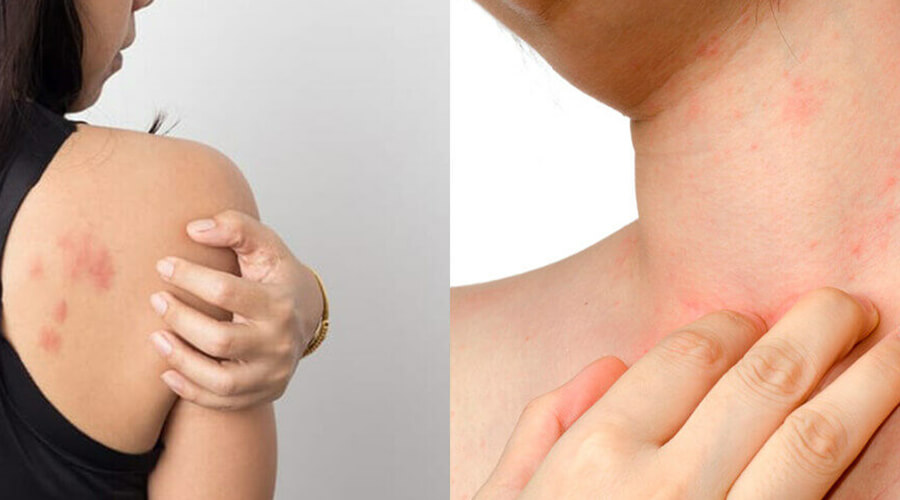
The sting on the left and the allergic reaction on the right.
Unfortunately, allergic skin reactions are often difficult to recognise with pictures. This is partly because many stings have similar symptoms to a rash. However, if you are unsure about what it might be, it is worth seeking medical advice. Unfortunately, recognising allergic rashes from pictures can often lead to misinformation, so it’s best to leave this to a professional.
Treating skin allergies at home with natural remedies:
-Adequate vitamin C can help prevent the appearance of rashes and heal rashes
-Treating the affected area with chamomile tea
-Effectively removes rashes with a blend of cod liver oil and vitamin E
-Eat 3 tablespoons a day of a mixture of raw apple cider vinegar and honey, or mix them in a glass of water and drink it.
-For skin allergies, liver detoxification can also help (nettle tea, calendula tea, dandelion)
-Purification (herbs such as goldenseal, birch leaf and horsetail are suitable for this)
-Immune boosting (eating raw vegetables and fruits, rosehip tea, lemon balm tea)
What else can you do to successfully treat an allergic rash at home?
Allergic rashes can also be treated at home with baking soda. Like chamomile, it can also soothe problem skin. The following is the recipe, mix 3 parts of baking soda with 1 part of water and leave the resulting mixture on the skin for 15-20 minutes. Besides relieving allergic itching, it is also effective for sunburn. Baking soda can also be effective against hives.
Also recommended is witch hazel which is available in liquid form or as dried leaves. You can enhance the effect by mixing it with chamomile. It can be stored in the refrigerator for quite a long time.
Internal methods can prevent the development of allergy symptoms. Polyunsaturated omega-3 fatty acids have anti-inflammatory properties. It is found in the highest amounts in marine fish (salmon, sardines, tuna, mackerel). It is worth dressing salads with linseed oil.
Omega-3 helps regulate blood pressure and prevents blood clotting.
Salt therapy is also available for allergy symptoms. In this therapy, sodium ions in salt air are inhaled and transported to places in the body where bacteria and dust particles are located. Salt air can also remove these through coughing up phlegm.
Unfortunately, it is very difficult to identify allergic skin rashes with pictures. A medical examination is essential to make an accurate diagnosis.
Allergic reactions may include a blistering rash that appears on the skin.
These allergic skin rashes are usually itchy, red or pink in colour, and the blisters inside are filled with fluid. The blisters can vary in size. Allergic skin rashes can develop as a result of reactions to various allergens, such as foods, medicines, insect bites or plants. Treatment of allergic skin rashes involves finding and avoiding the allergen and using medicines to relieve itching and discomfort. Recognising and diagnosing such a blistering rash with pictures is often challenging. For this reason, it is recommended to consult a dermatologist for proper diagnosis.
Food allergies or food intolerance can also cause rashes.
What is a food allergy?
Food allergy symptoms can range from mild to severe. In this case, the body’s defence system, the immune system, reacts to certain foods as if they were harmful to the body and produces antibodies.
What is food intolerance?
In food intolerance, the symptoms are triggered by the digestive system. The symptoms are much slower and less severe than in food allergy.
Symptoms of food allergy on the skin may include:
-Hips, itchy rash
-Swelling (angioedema)
-Atopic dermatitis (skin inflammation)
-Blisters, red patches, redness
-Quincke oedema (swelling of the skin around the eyes and lips)
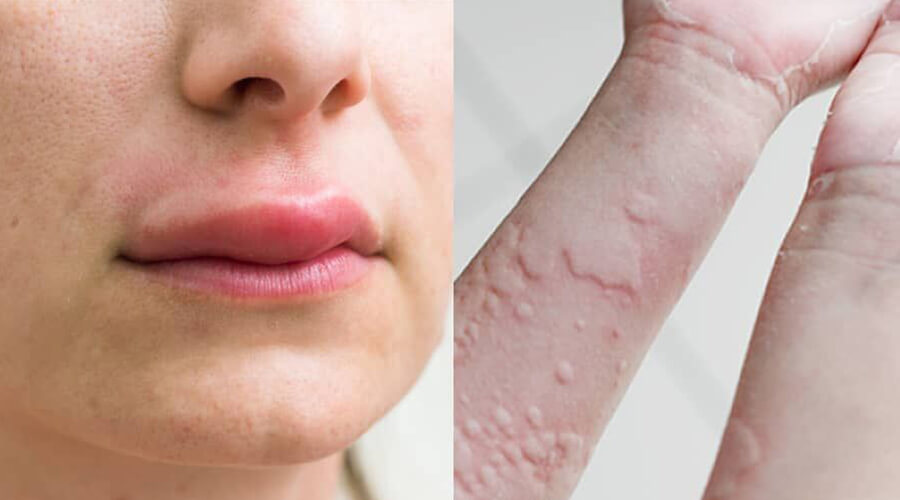
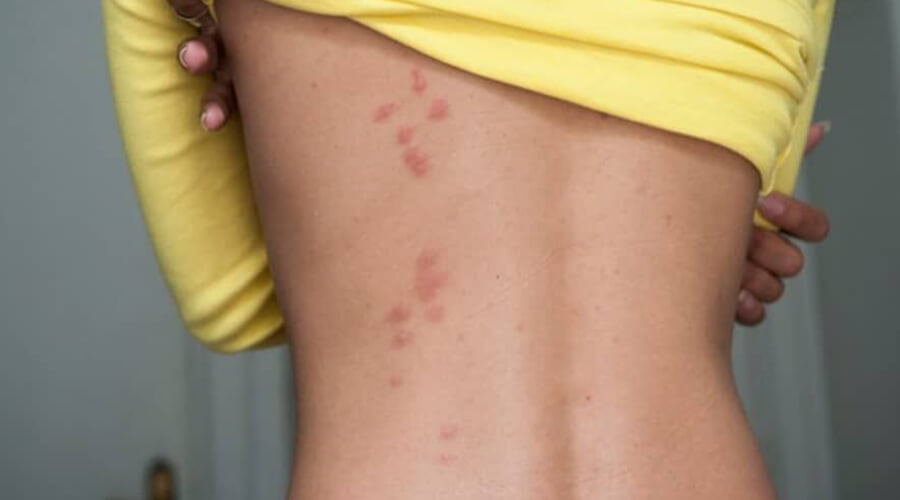
Treatment of hives at home
Hives are one of the most common dermatological conditions. They are pale red or whitish in colour, resembling a mosquito bite. They can develop quickly, even in minutes, and disappear after a few hours (in some cases they can last for days). In such cases, it is often triggered by an allergy, which will go away in a few hours or, at worst, days. If we are sure that it is only a food allergy and the symptoms are not severe, then medication is not necessary.
However, it is still possible to relieve the itching of hives.
There are several ways to relieve itching. These include cold showers, ice cubes, or basically any cold application to the area. The only thing to remember is that when applying ice, put the ice in a cloth and do not apply it directly!
Among the home remedies for itching, aloe vera may also be effective. The easiest way to use it is to apply the gel to the rash several times a day. Some people even drink the juice, but this is not recommended for everyone!
In more serious cases, it is recommended to consult a doctor, as it can be caused by a virus.
Treatment of dust allergy at home
Unfortunately, treating dust allergies is not as simple as it sounds. In most cases, it is not dust that triggers it in the first place, but dust mites. Unfortunately, getting rid of them is not easy. And very often the only way to treat the symptoms is with medication. Symptoms often include inflamed eyelids, itchy eyes, runny or stuffy nose, chest tightness, coughing and wheezing. In order to get rid of dust and dust mites, drastic changes may be necessary. This means getting rid of most dust traps. These include carpets, stuffed animals and, because of the constant cleaning, the room needs to be arranged so that it is easily accessible.
Treatment of hair dye allergy at home
The first step if you suspect a hair dye allergy is to wash it off immediately. Washing the face and scalp with water can help reduce itching and swelling.
Chamomile tea may have a soothing effect on the affected skin area. Therefore, it is recommended to apply chamomile tea to the affected area in such cases.
Aloe vera gel may have a moisturising and soothing effect on irritated skin.
However, it is important to seek medical advice if symptoms persist or worsen.
Treating drug allergies at home
The most common allergic reactions are to antibiotics and NSAIDs. If a severe reaction occurs, it is essential to stop using the medicine and see a doctor urgently. The doctor will recommend another medicine if necessary, but whatever is causing the allergic reaction should not be taken any longer.
So, the treatment of allergic rashes can be done very well with the herbs and methods mentioned above. We know that many people suffer from different allergies and we hope we have been able to help you a lot.
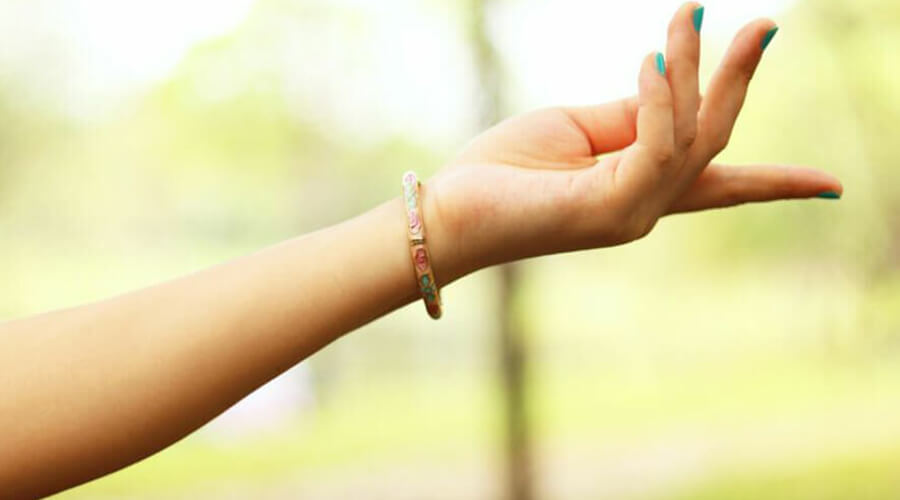
Silver allergy is a rare but unpleasant condition usually caused by the use of silver jewellery or other silver-containing objects. Symptoms of allergy may include skin irritation, itching, redness and even rashes.
A few tips for silver allergy treatment:
Allergen avoidance: avoid jewellery or objects containing silver to minimise the risk of allergic reactions.
Skin care: use mild, skin-friendly cleansers and moisturisers to keep skin healthy and reduce irritation.
Medical treatment: If allergy symptoms are severe or difficult to treat, see your doctor. He or she may recommend prescription or over-the-counter creams or other treatments to relieve symptoms.







HillVital balms are your reliable support for an active life, crafted from natural ingredients!